Home>Furniture & Design>Outdoor Furniture>What Is The Correct Temperature For Barbecue Chicken That Is Being Prepared At An Outdoor Event
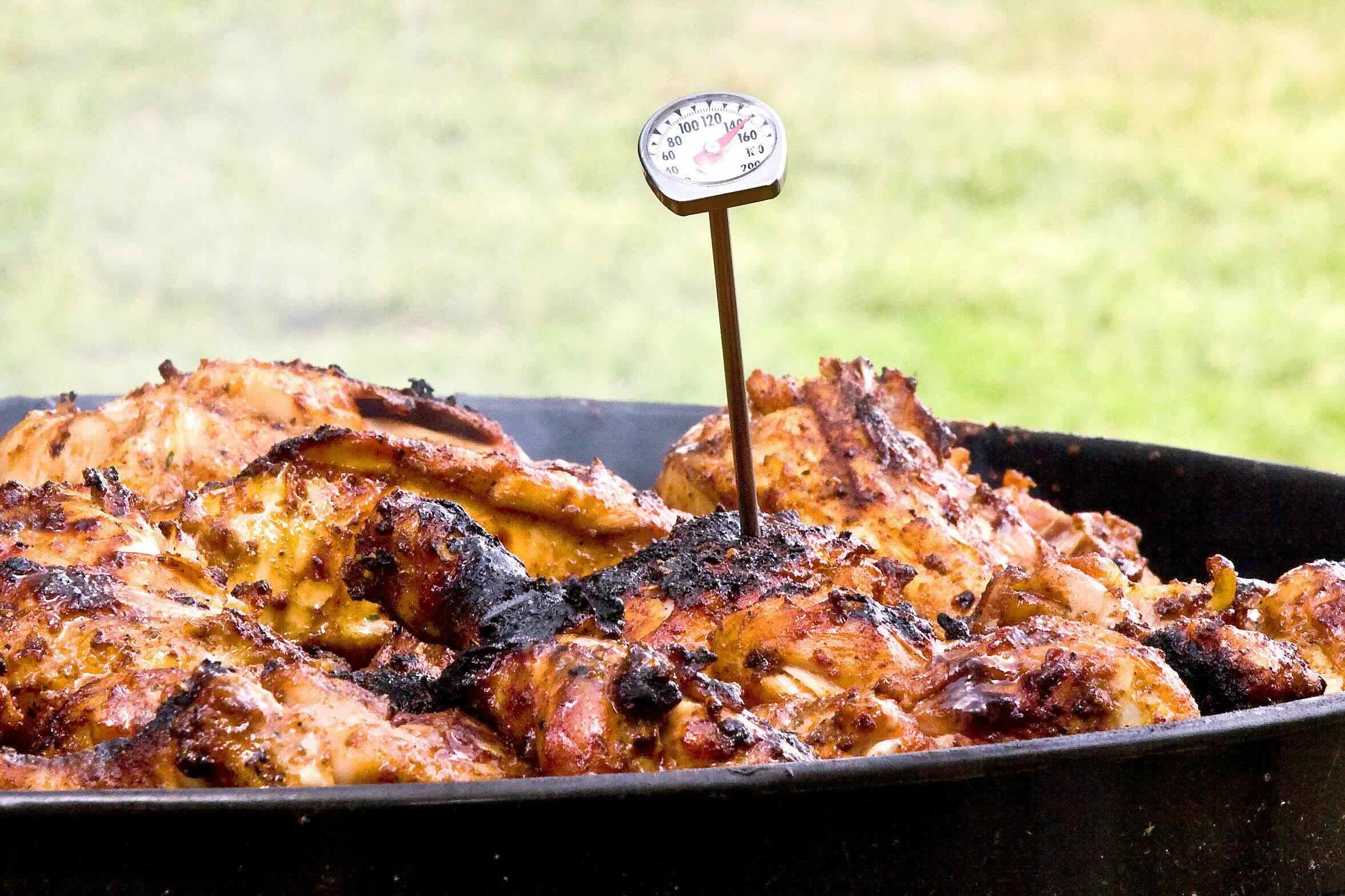

Outdoor Furniture
What Is The Correct Temperature For Barbecue Chicken That Is Being Prepared At An Outdoor Event
Published: January 14, 2024
Discover the ideal temperature for barbecue chicken at outdoor events. Get expert tips on outdoor furniture, design, and more.
(Many of the links in this article redirect to a specific reviewed product. Your purchase of these products through affiliate links helps to generate commission for Storables.com, at no extra cost. Learn more)
Introduction
Welcome to the sizzling world of outdoor barbecues! Picture this: it's a warm, sunny day, and the tantalizing aroma of barbecue chicken fills the air. Friends and family gather around, eagerly anticipating the mouthwatering feast prepared especially for them. As the designated grill master, you understand the importance of achieving the perfect barbecue chicken temperature to ensure a delectable dining experience for everyone.
Barbecue chicken is a quintessential dish for outdoor events, from casual backyard gatherings to lively picnics in the park. Achieving the ideal temperature is crucial not only for food safety but also for ensuring that the chicken is juicy, flavorful, and thoroughly cooked. In this article, we'll delve into the factors that influence barbecue chicken temperature, explore the recommended temperature for safe and succulent results, and provide valuable tips for maintaining the correct temperature throughout the grilling process.
So, grab your apron, fire up the grill, and let's embark on a flavorful journey to discover the art and science of achieving the perfect barbecue chicken temperature at your next outdoor event.
Key Takeaways:
- Achieving the perfect barbecue chicken temperature is essential for safety and flavor. Aim for 165°F (73.9°C) minimum, but 170-175°F (76.7-79.4°C) for juicier results.
- Factors like cut, marinade, and grill type affect barbecue chicken temperature. Use indirect heat, monitor grill temp, and invest in a quality meat thermometer for perfect results.
Factors Affecting Barbecue Chicken Temperature
When it comes to grilling barbecue chicken at an outdoor event, several factors come into play, influencing the overall cooking temperature and the final result. Understanding these factors is essential for mastering the art of preparing tender, juicy, and thoroughly cooked barbecue chicken.
- Cut and Thickness: The cut and thickness of the chicken pieces significantly impact the cooking time and temperature. Thicker cuts require lower heat and longer cooking times to ensure that the chicken is cooked through without charring the exterior.
- Starting Temperature: The initial temperature of the chicken before placing it on the grill affects the cooking process. It is crucial to allow the chicken to reach room temperature before grilling to ensure even cooking.
- Marinade and Seasoning: The composition of the marinade or seasoning used can influence the cooking temperature. Sugary marinades or sauces can cause the chicken to burn at high temperatures, while acidic marinades can affect the texture of the meat if exposed to prolonged heat.
- Grill Type and Heat Source: The type of grill and heat source, whether charcoal, gas, or wood, can impact the cooking temperature and the distribution of heat across the grilling surface. Each type of grill requires different temperature management techniques.
- Outdoor Conditions: External factors such as wind, ambient temperature, and humidity can affect the grill’s temperature and the overall cooking process. It’s essential to account for these variables when grilling outdoors.
By considering these factors and their influence on barbecue chicken temperature, you can adapt your grilling techniques to achieve optimal results, ensuring that the chicken is safe to eat and bursting with irresistible flavor.
Recommended Temperature for Barbecue Chicken
When it comes to grilling barbecue chicken at an outdoor event, achieving the perfect internal temperature is crucial for both food safety and flavor. The United States Department of Agriculture (USDA) recommends cooking poultry, including chicken, to a minimum internal temperature of 165°F (73.9°C) to ensure that harmful bacteria are eliminated, making the chicken safe for consumption.
Using a reliable meat thermometer is the key to accurately gauging the internal temperature of the chicken. When measuring the temperature, insert the thermometer into the thickest part of the chicken, avoiding contact with bones, as they can give a false reading. Once the chicken reaches the recommended temperature of 165°F (73.9°C), it is safe to consume, with the juices running clear and the meat no longer pink.
However, achieving the recommended temperature is not the sole objective. To create a truly exceptional barbecue chicken experience, aiming for a slightly higher internal temperature during the grilling process can yield even more succulent and flavorful results. Many grill masters aim for an internal temperature of around 170°F (76.7°C) to 175°F (79.4°C) for barbecue chicken, allowing the meat to reach a perfect balance of tenderness and juiciness.
By adhering to the USDA’s minimum temperature guidelines and considering the desired texture and juiciness of the chicken, you can ensure that your barbecue chicken is not only safe to eat but also a delectable centerpiece of your outdoor event’s culinary delights.
The correct temperature for barbecue chicken is 165°F (74°C). Use a meat thermometer to ensure it has reached this temperature before serving to ensure it is safe to eat.
Tips for Maintaining the Correct Temperature
Grilling the perfect barbecue chicken at an outdoor event requires diligent temperature management to ensure that the chicken is safe to eat and bursting with flavor. Here are some invaluable tips for maintaining the correct temperature throughout the grilling process:
- Preheat the Grill: Before placing the chicken on the grill, preheat it to the desired temperature. This allows for even cooking and prevents the chicken from sticking to the grates.
- Use Indirect Heat: For thicker cuts of chicken, consider using indirect heat by positioning the coals to one side of a charcoal grill or turning off burners on a gas grill. This technique prevents the exterior from charring before the interior reaches the recommended temperature.
- Monitor Grill Temperature: Keep a close eye on the grill’s temperature throughout the cooking process. Adjust the heat source or airflow as needed to maintain a consistent temperature, especially when grilling in outdoor conditions affected by wind or ambient temperature.
- Flip and Rotate: Regularly flip and rotate the chicken pieces to ensure even cooking. This helps distribute the heat and prevents hot spots on the grill.
- Rest the Chicken: Once the chicken reaches the recommended internal temperature, remove it from the grill and allow it to rest for a few minutes before serving. This allows the juices to redistribute, resulting in tender and succulent meat.
- Invest in a Quality Meat Thermometer: A reliable meat thermometer is an essential tool for accurately gauging the internal temperature of the chicken. Invest in a quality thermometer and calibrate it regularly for precise readings.
- Consider Carryover Cooking: Keep in mind that the internal temperature of the chicken may continue to rise by a few degrees after it is removed from the grill due to residual heat, a phenomenon known as carryover cooking. Account for this when determining the ideal temperature to remove the chicken from the grill.
By implementing these tips and techniques, you can maintain the correct temperature while grilling barbecue chicken, ensuring that each mouthwatering bite is a testament to your skill and expertise as a grill master.
Conclusion
As the aroma of perfectly grilled barbecue chicken wafts through the air at your outdoor event, you can take pride in knowing that you’ve mastered the art of achieving the correct temperature for this beloved dish. By understanding the factors that influence barbecue chicken temperature, adhering to recommended guidelines, and implementing essential tips for temperature management, you can elevate your grilling prowess and delight your guests with a culinary experience to remember.
Grilling barbecue chicken is not just about ensuring food safety; it’s about creating a symphony of flavors and textures that tantalize the taste buds and bring people together. The journey to the ideal barbecue chicken temperature is a blend of science, skill, and creativity, resulting in tender, succulent meat that embodies the essence of outdoor dining.
So, as you prepare to fire up the grill for your next outdoor gathering, remember the significance of temperature in the art of grilling barbecue chicken. Embrace the sizzle, the savory aromas, and the joy of sharing a delicious meal with those you cherish. With the knowledge and expertise gained from this article, you are well-equipped to orchestrate a culinary masterpiece that will be celebrated and savored by all.
Here’s to the perfect barbecue chicken temperature and the unforgettable moments it creates at your next outdoor event!
Frequently Asked Questions about What Is The Correct Temperature For Barbecue Chicken That Is Being Prepared At An Outdoor Event
Was this page helpful?
At Storables.com, we guarantee accurate and reliable information. Our content, validated by Expert Board Contributors, is crafted following stringent Editorial Policies. We're committed to providing you with well-researched, expert-backed insights for all your informational needs.
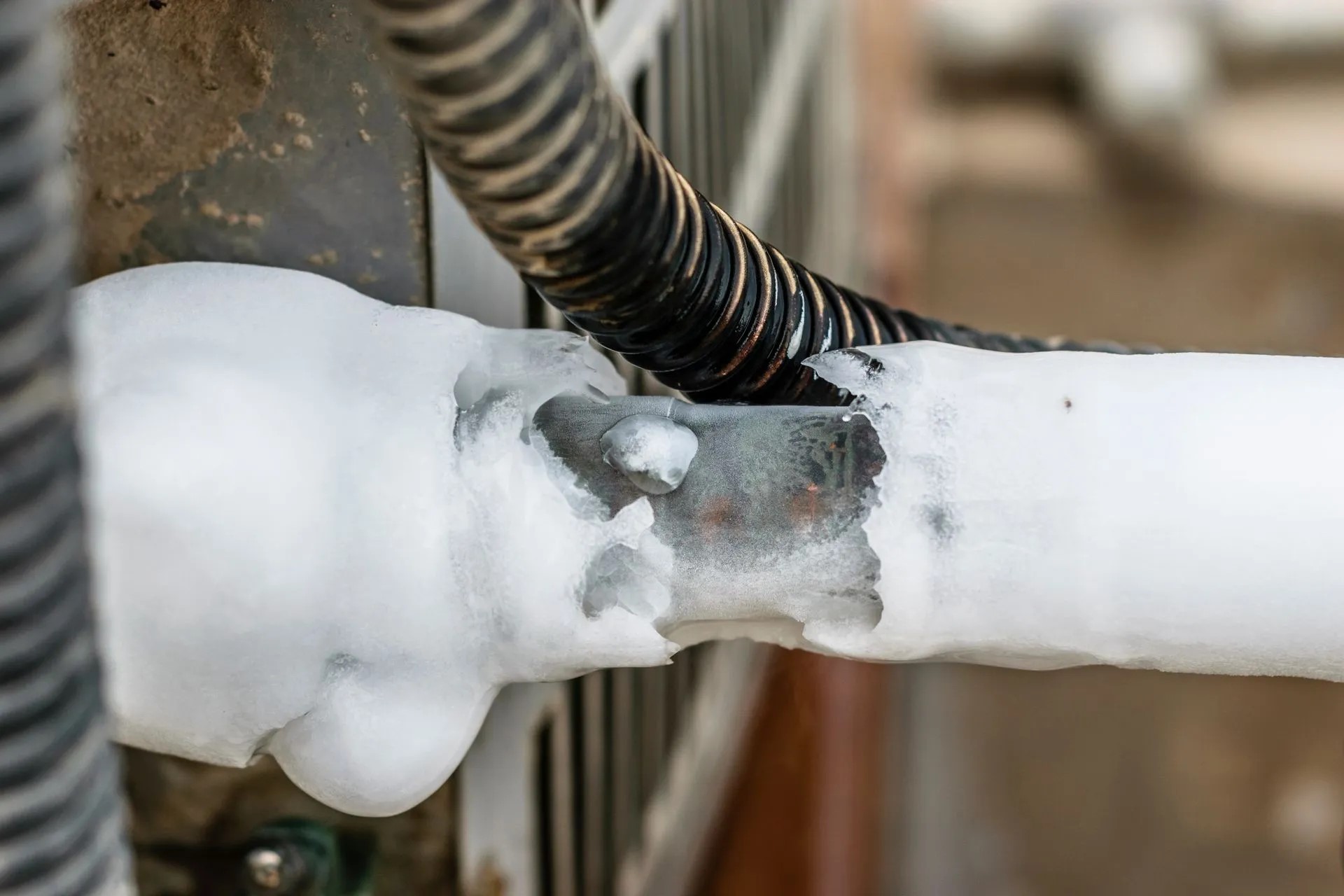
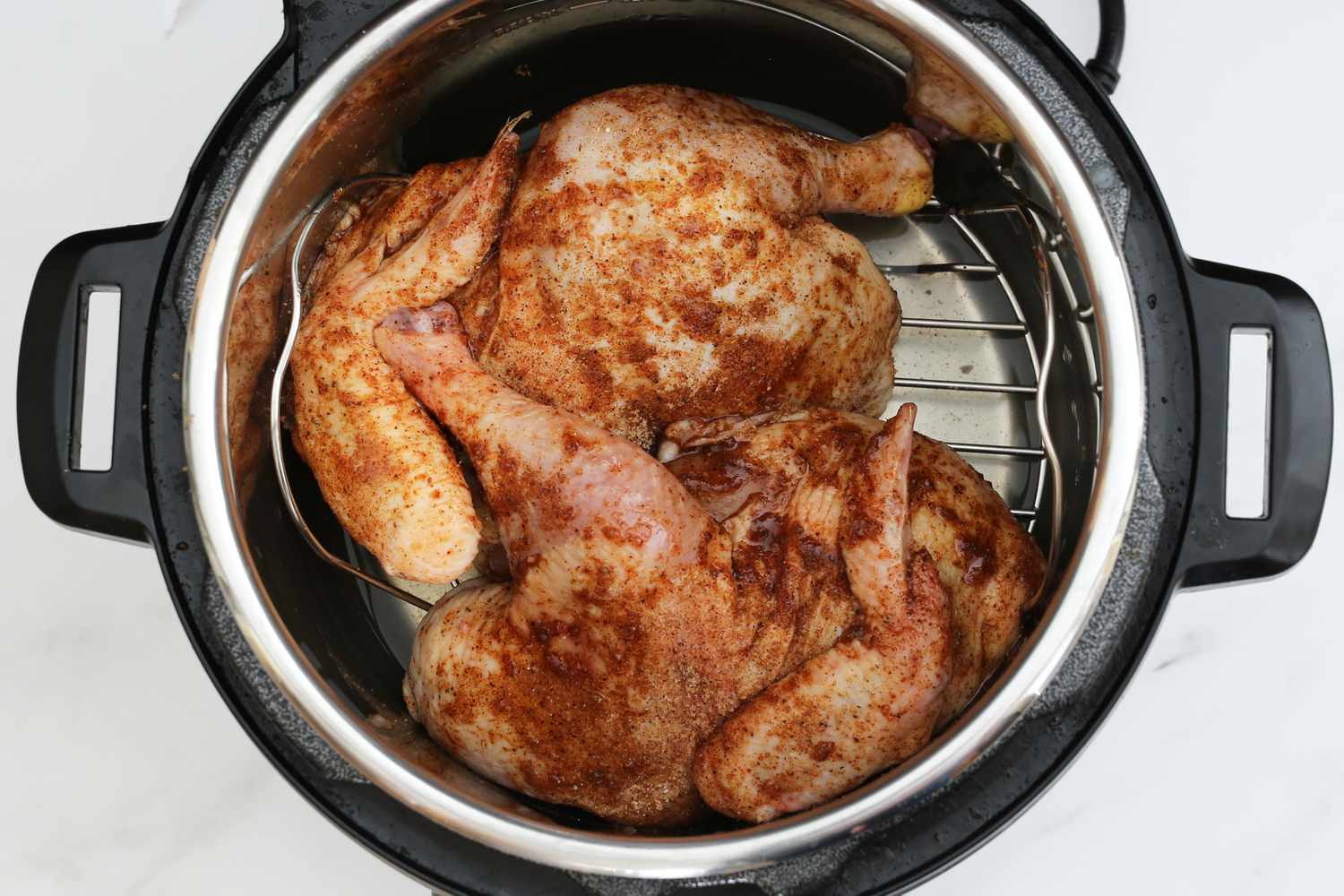
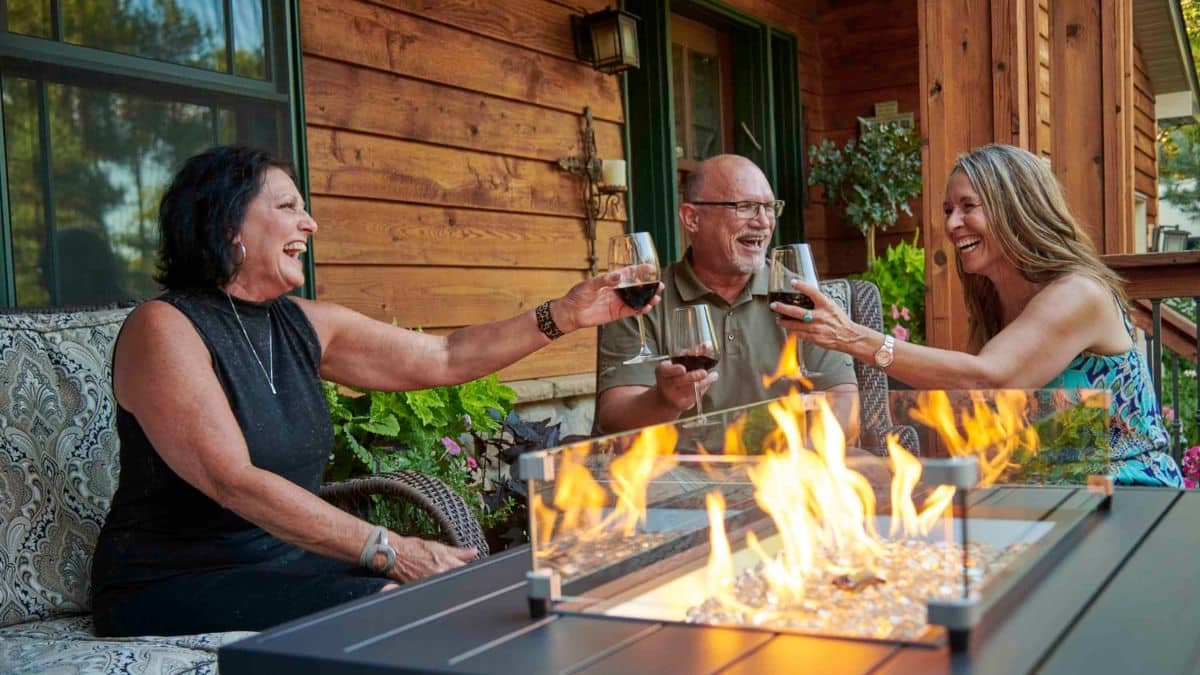
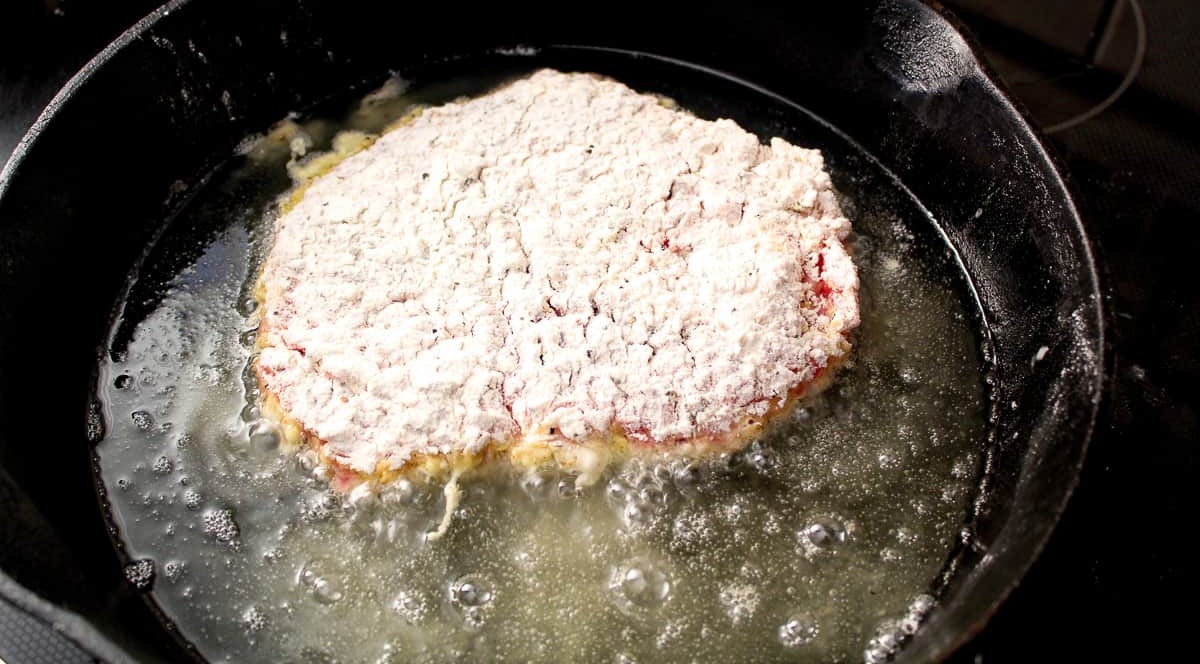

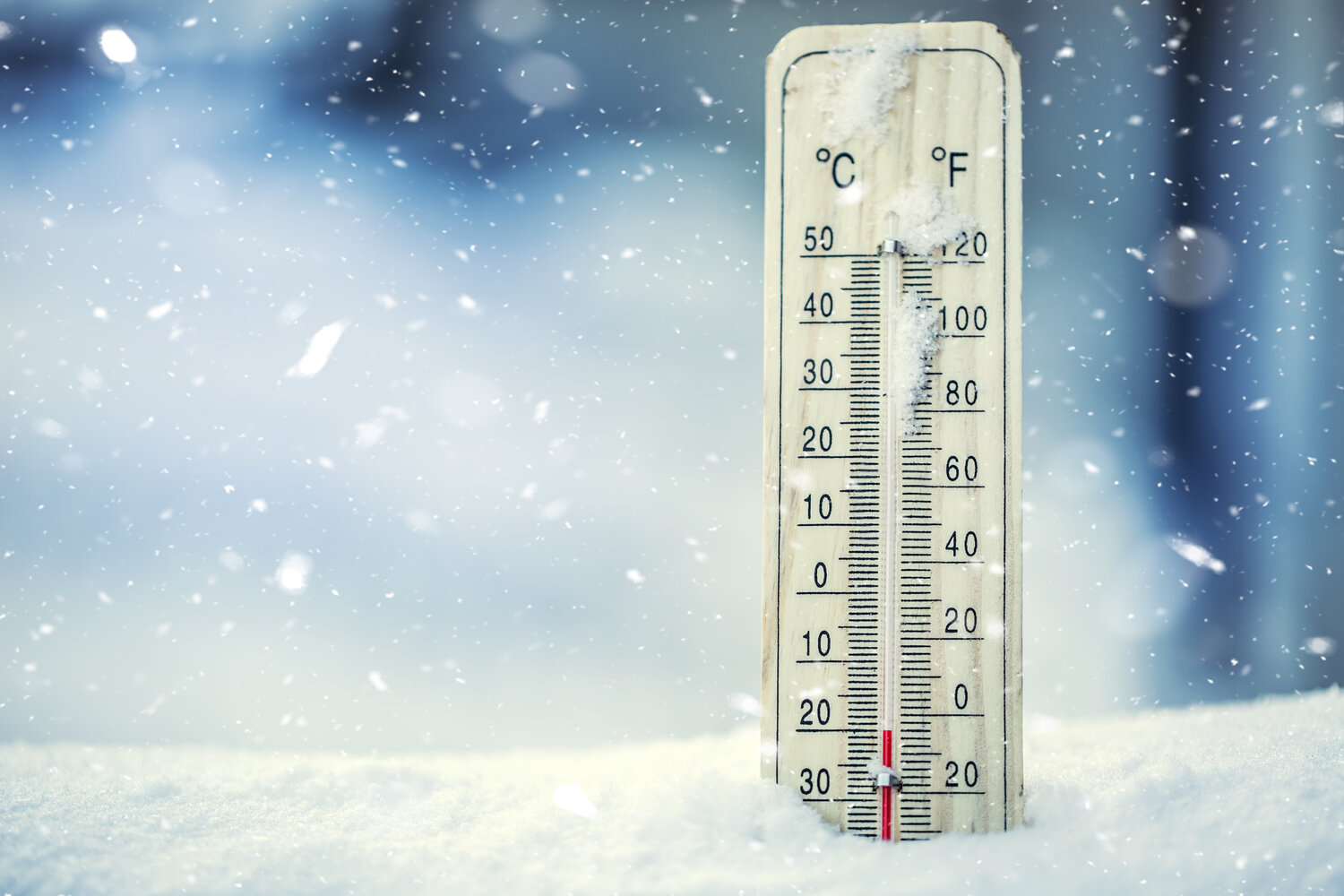
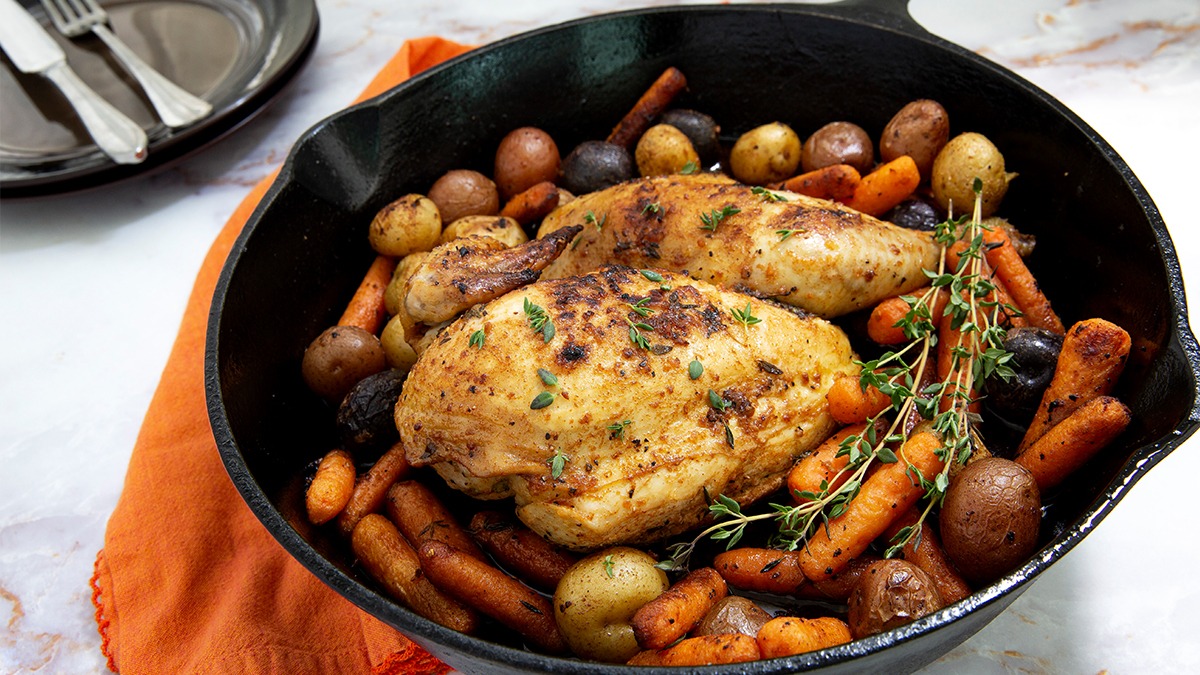
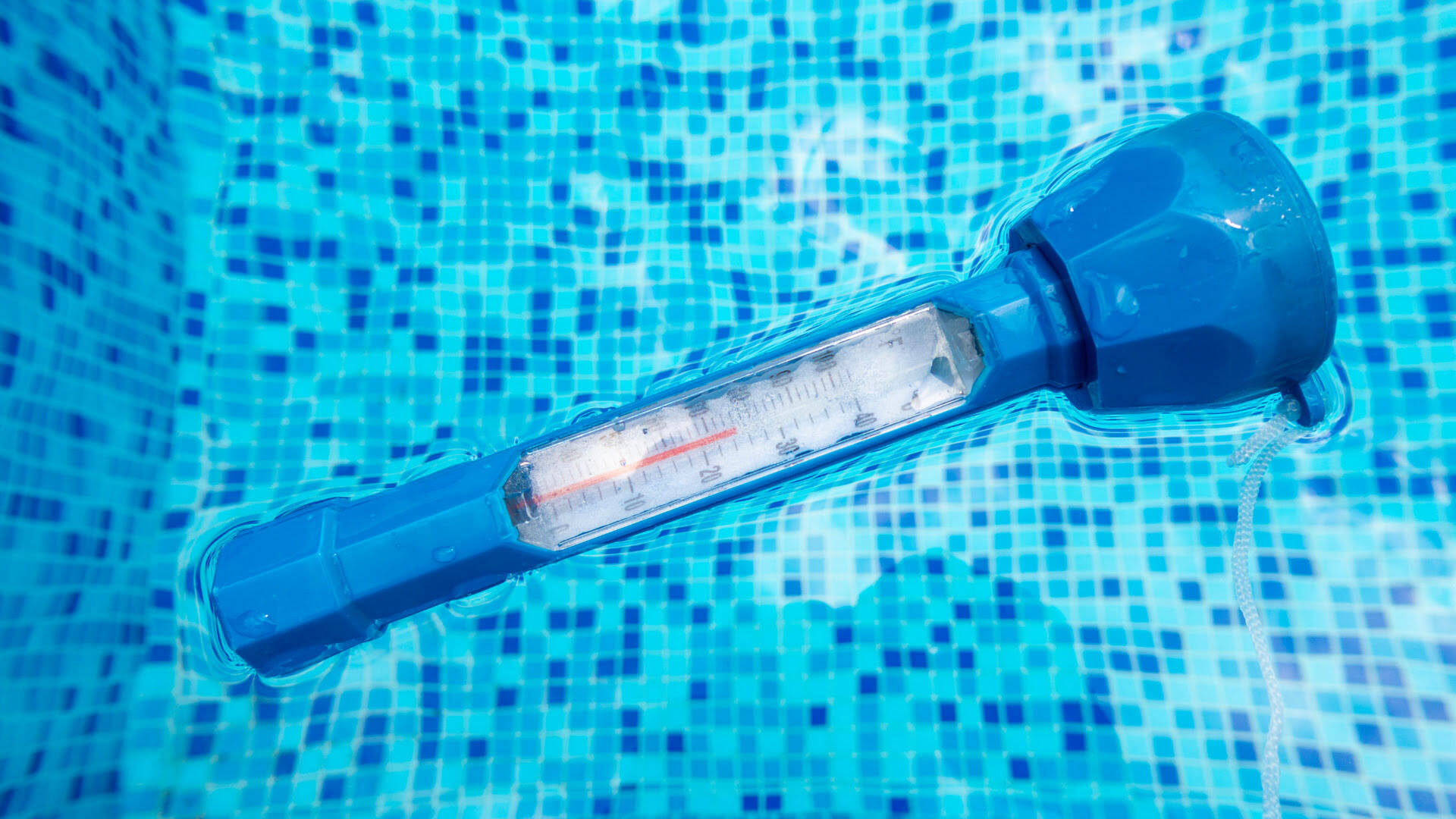
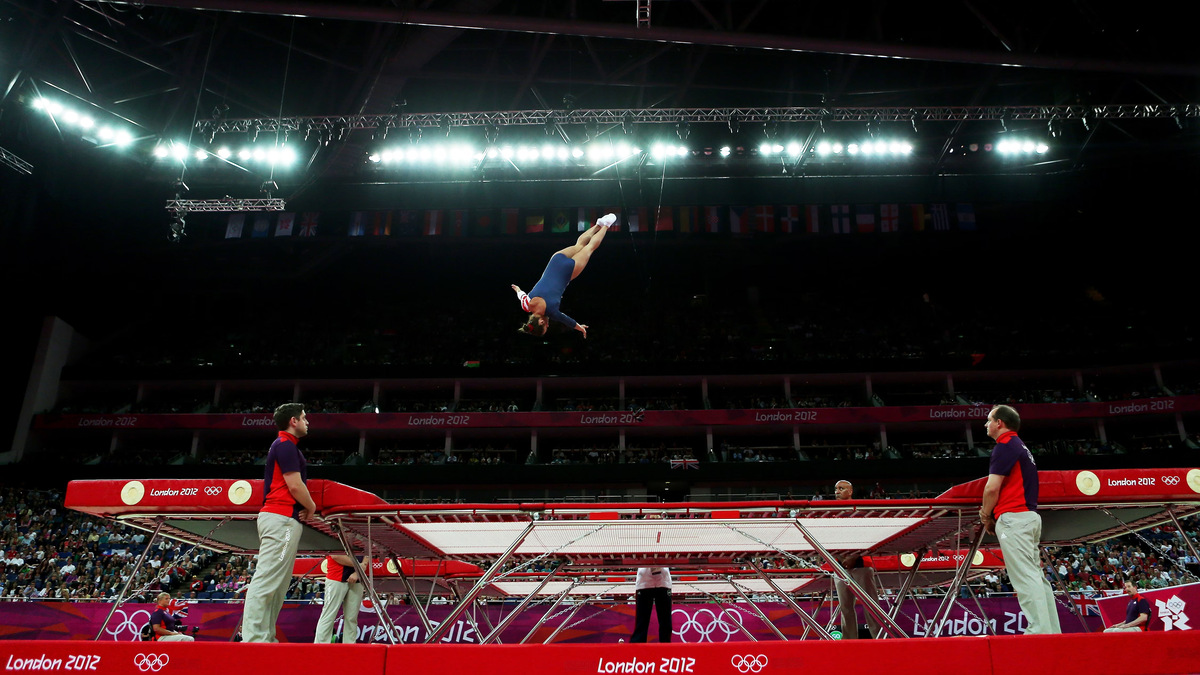
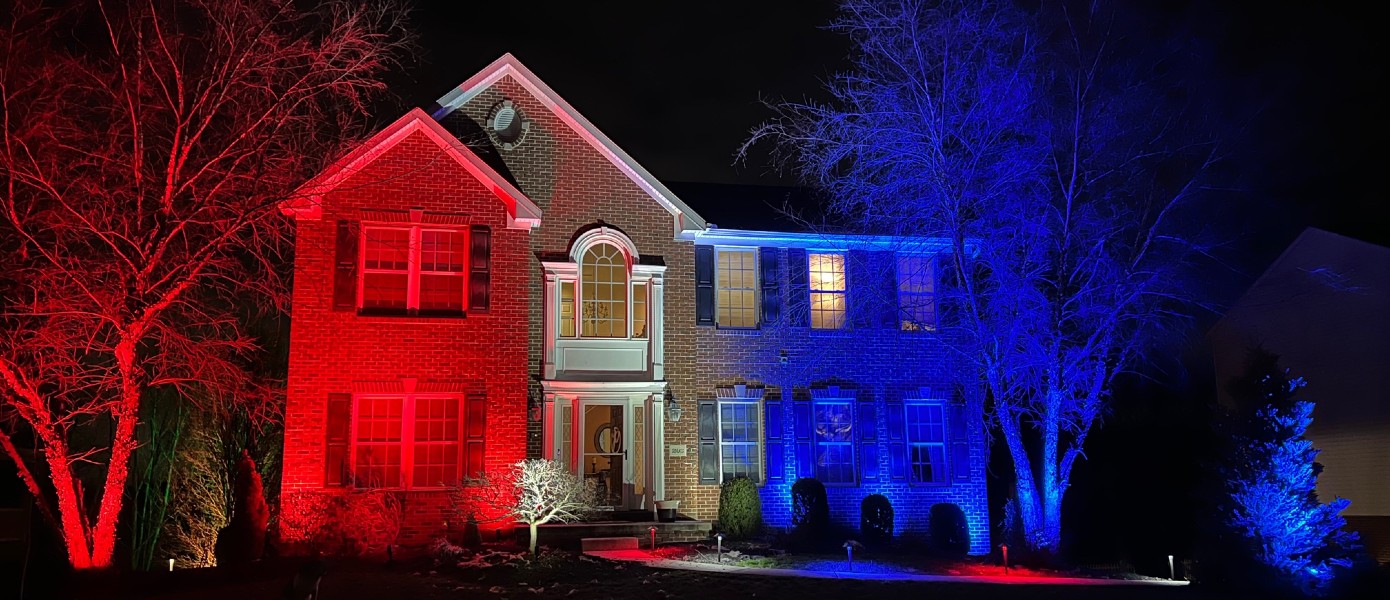
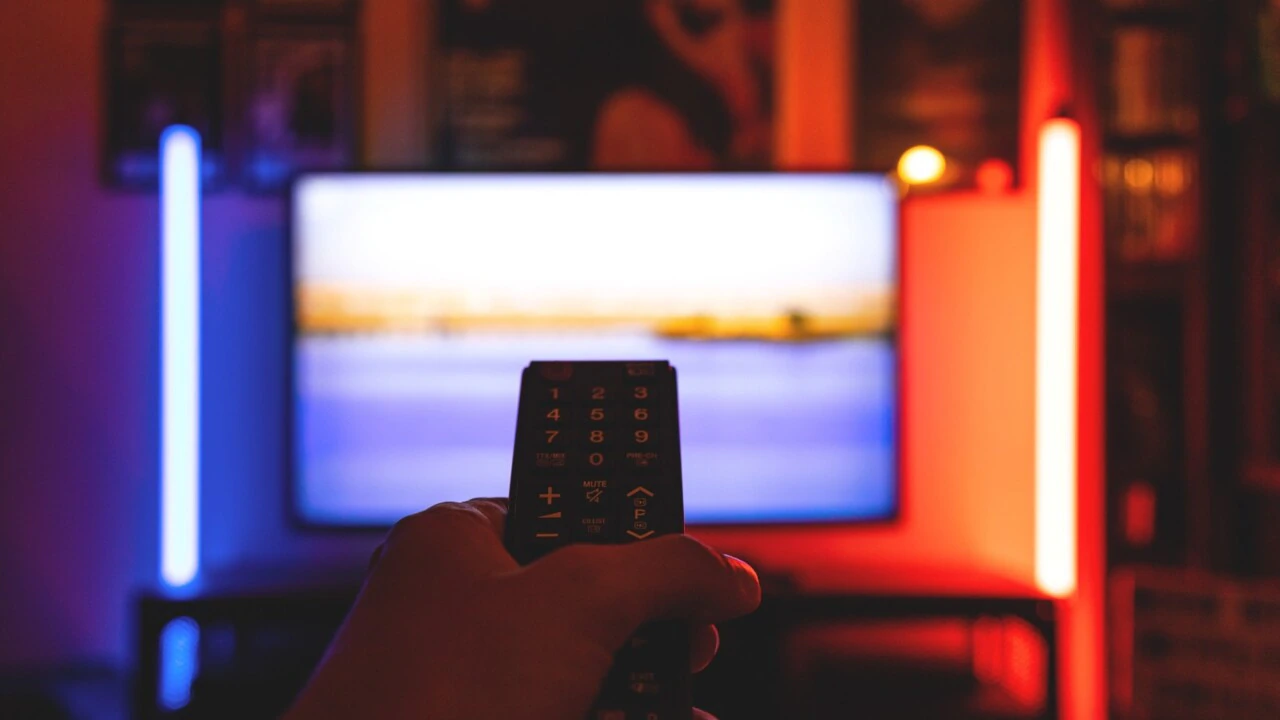
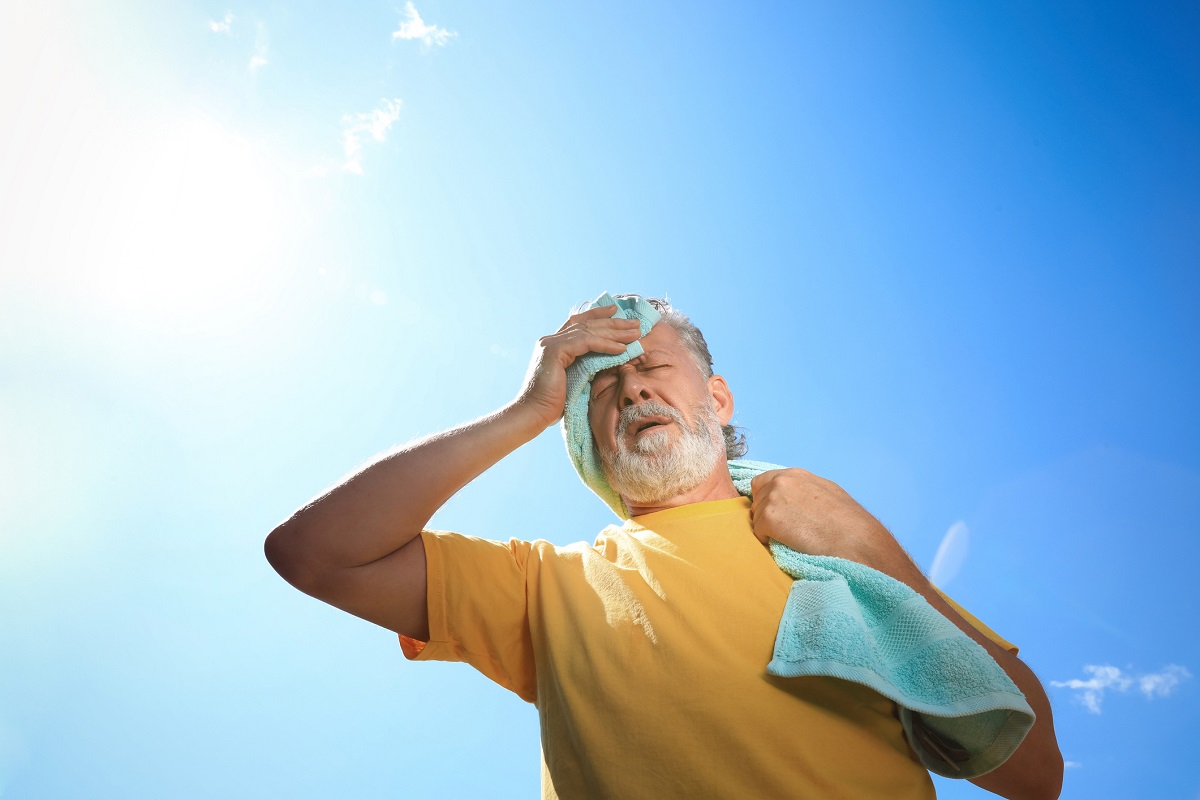
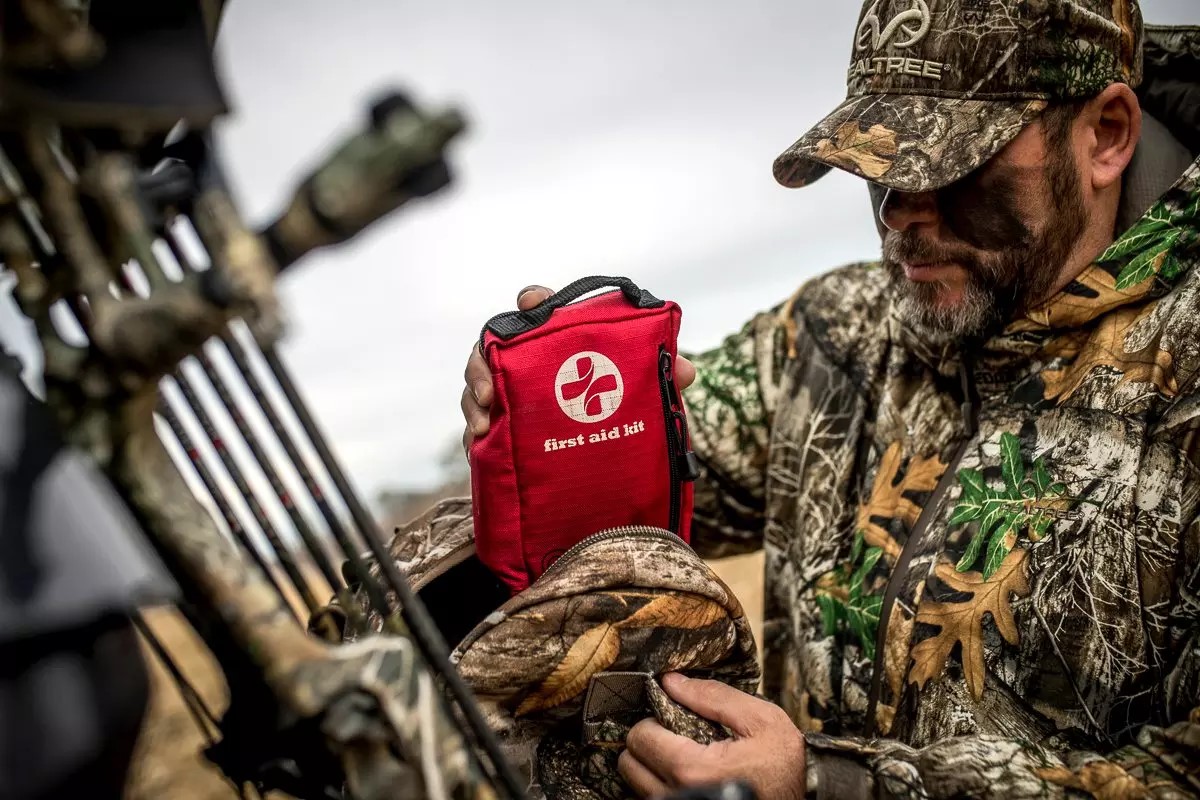
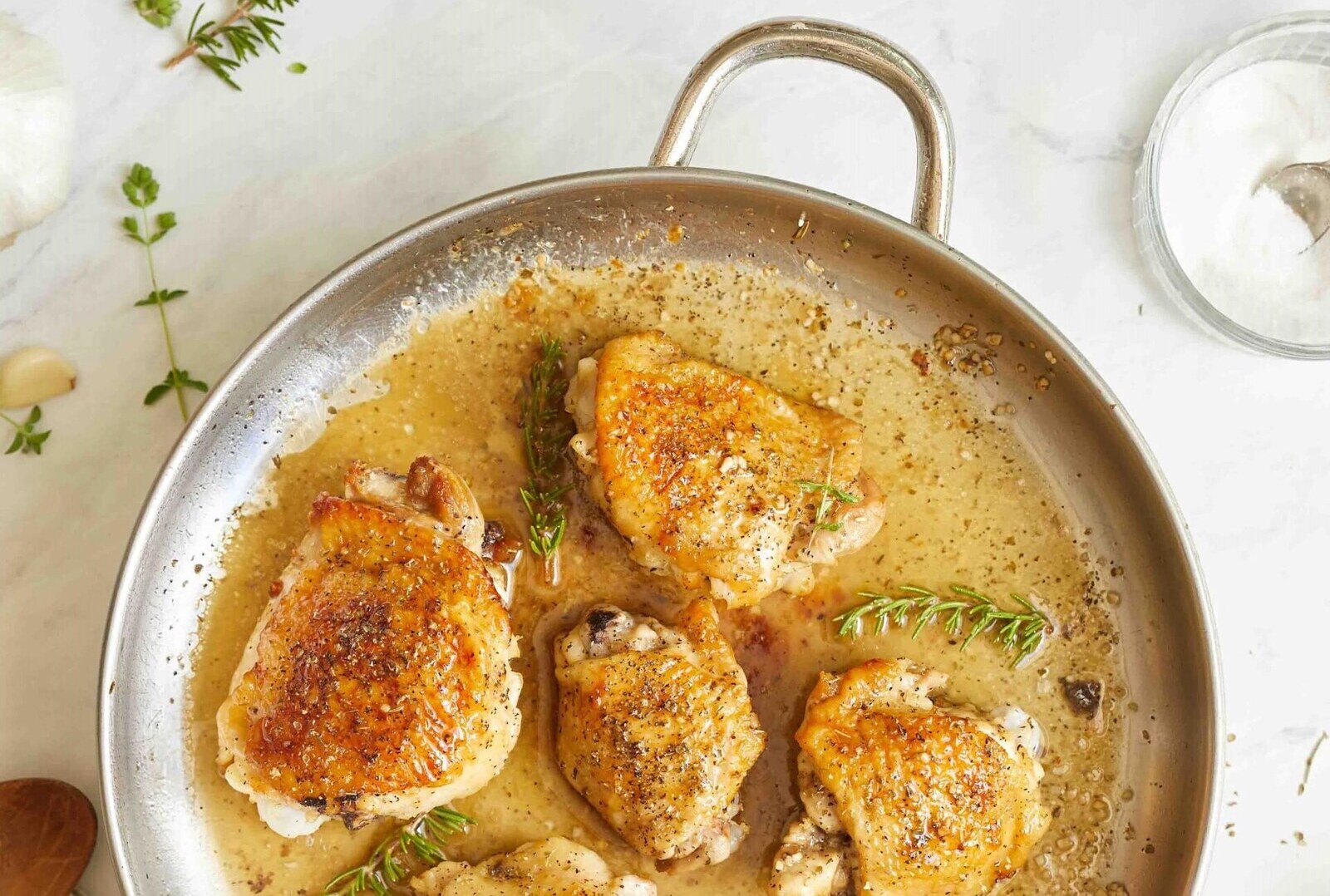


0 thoughts on “What Is The Correct Temperature For Barbecue Chicken That Is Being Prepared At An Outdoor Event”